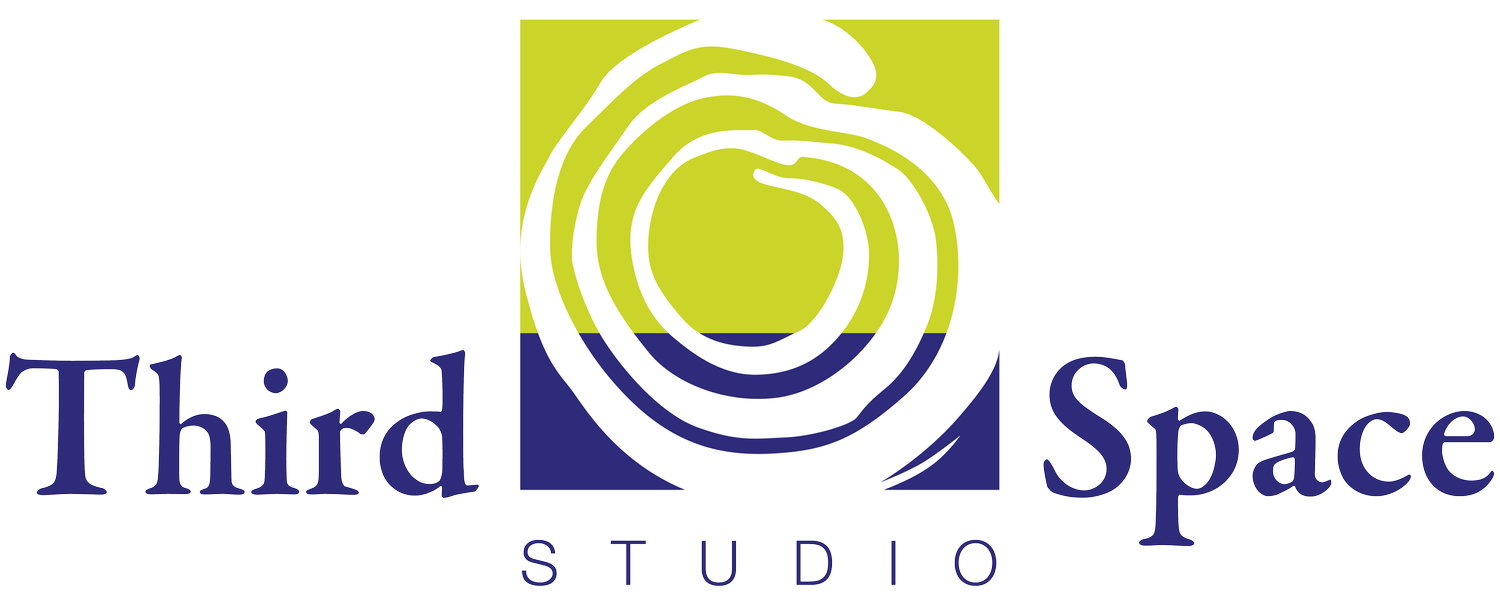Accountability
I don't know what that employee is doing with their time.
Our new hire is making a lot of mistakes. How many mistakes is too many?
I have an employee in the midst of a family crisis, and it's a busy time for our organization. What can I expect of them? How do we get the work done?
I don't see some of my team on Slack. I don't know if they're working.
Heather and I are hearing these kinds of comments from nonprofit leaders, and we had similar discussions when organizations were fully in-person, working remotely, and in today's hybrid environment. Rooted in all these comments are challenges related to accountability.
Being accountable means showing up and accomplishing what you said you would do. I particularly like defining accountability as "clear commitments that in the eyes of others have been kept" as it reminds us that accountability happens in relationship with others. Accountability within a team means that your teammates can count on you and you can count on them.
While answering these five questions is the foundation of accountability, it’s not enough. There are two other essential ingredients in a culture of accountability: appreciation and compassion.
People are accountable when they feel seen and appreciated. Employees want to know that they’re doing good work and it’s valued. Too often when we think about holding people accountable, we’re focused on addressing problems. I believe that we can minimize future issues by acknowledging what is being done well and appreciating people for doing good work. This must be done authentically and informally for it to be meaningful.
The second essential cultural element is compassion. Your teammates are not cogs in a machine. They’re humans with a range of needs and desires. As nonprofit leaders who hold values of equity and justice, we are called to be compassionate, to show empathy, and to recognize that the lives of others may be far more complex than ours. When we are compassionate, the people that we work with feel safe, cared for, and valued. As leaders, we often put compassion and accountability in tension with one another, believing that if we practice accountability, we cannot be compassionate. What happens if we see them as interwoven, not independent of one another. What if we are consistently kind?
Accountability doesn’t take place in the moment; it requires prior intentional work. It depends on answering the five questions above, being appreciative, and compassionate. Next week, we’ll turn our attention to transparency.
Five Practices to Foster Accountability
MOCHA or RACI are tools for assigning responsibility including who owns the work, who helps, and who is the ultimate decision maker. Using tools such as these keep people from tripping over each other or having unrealistic expectations of who is responsible for what.
Scrum or other agile practices are particularly helpful when the work is complex. Scrum is a structured process that helps a team work iteratively conducting small experiments, learning from the work, and then adapting the work. Scrum can be helpful when we don’t know what might work or trying out new program ideas or an advocacy campaign.
Free and inexpensive tools can be used to track tasks and projects. These can be helpful if your organization’s units of work are related to tasks and projects. If the units of work are connected to serving people, investing in case management or customer relationship management software might be more appropriate. Choose a tool that matches your organization’s units of work and test it out. All members of the team must commit to using the tool for it to be helpful.
Embrace mistakes and failures. Organizations committed to “excellence” frequently find themselves in a cycle of perfection. Employees won’t talk about their mistakes and failures for fear of being seen as inadequate. Mistakes happen. Innovation requires some degree of failure. When organizations regularly talk about mistakes and failures, team members are more likely to be transparent about what is not working which allows for adjustments in expectations. Regularly appreciate people for sharing what is not going well.
A team leader must model accountability. This means consistently modeling the behaviors embedded in the organization’s values. It also means admitting mistakes. Most importantly, it means asking for help. Without modeling, team members won’t know that admitting mistakes and asking for help is part of being accountable.


